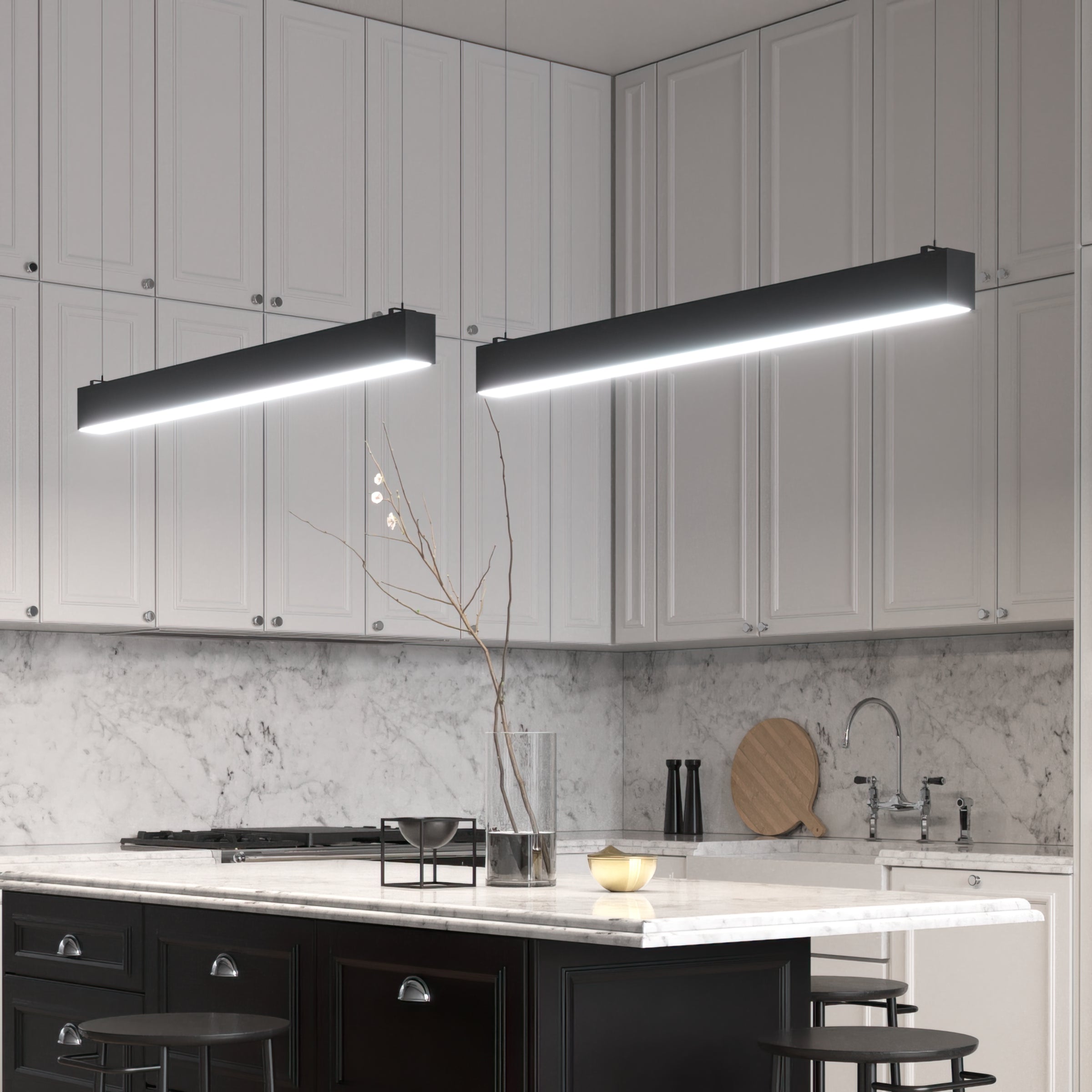Flickering light bulbs can be a frustrating and puzzling phenomenon. Not only does it disrupt the smooth illumination we rely on, but it can also create an unsettling atmosphere. Understanding the causes behind new light bulb flickering when turned on is essential in resolving this issue and ensuring a comfortable and well-lit environment.
The purpose of this blog post is to discuss various factors that contribute to flickering light bulbs, such as electrical problems and faulty fixtures. We will also discuss the dangers associated with flickering lights and how to handle them effectively.
Whether you are experiencing new light bulb flickering at home, in the office, or in any other space, this blog post will provide you with valuable insights to help you identify and troubleshoot the root causes of this problem. Say goodbye to flickering lights and hello to a stable and reliable lighting experience!
What Makes a Light Bulb Flicker?
Not Screwed Bulb
When light bulbs are not securely twisted in their sockets, they may flicker. This can happen even though light bulbs usually do not flicker before burning out. The uneven flow of power caused by loose bulbs can create a blinking effect. This flickering effect is not only annoying but can also lead to premature burnout of the bulb. The following steps should be taken to resolve this issue and prevent further damage:
- Turn off the flickering light fixture and wait for the incandescent or CFL bulb to cool down before handling it. In this way, you will ensure your safety and prevent any accidental burns.
- Once the bulb has cooled, gently tighten it in the socket. Be careful not to overtighten, as this can cause damage to the bulb or the socket.
- After securely tightening the bulb, turn on the light and observe if the flickering has stopped. If the problem persists, it may be a sign of a faulty bulb or a deeper electrical issue. In such cases, it is recommended to consult a professional electrician for further inspection and assistance.
By following these steps, you can ensure a stable and flicker-free lighting experience in your home or workplace. Remember always to prioritize safety and handle bulbs with care to avoid any accidents or damage.
Loose Connection
Another common cause of light bulbs flashing on and off, if the bulb isn't loose, is a loose connection. This can occur in various parts of the electrical system, such as the wiring of the fixture to the ceiling, receptacles, terminals, or even the circuit breaker. If you are not experienced with wiring, it is highly recommended that you seek professional assistance for these issues. However, if you have knowledge of electrical components and feel comfortable working with them, addressing loose connections can be relatively straightforward.
A loose connection can not only cause flickering lights but can also be a potential fire hazard. It is crucial to take immediate action and to ensure that all connections are secure and properly tightened. Ignoring or delaying their resolution can have serious consequences. Then, you will be able to greatly reduce the risk of electrical problems and create a safer workplace or home environment.
Check Dimmers & Switches
If you are experiencing flickering lights with older dimmer switches and newer LED lighting, it is possible that using the wrong light bulb for your dimmer switch is causing the issue. This can happen because different types of light bulbs have different voltage requirements, and using a bulb with a higher or lower voltage than what the dimmer switch is designed for can result in flickering lights. To troubleshoot this, you can consider replacing the dimming switch with an LED-compatible one. Additionally, upgrading to smart bulbs is a viable solution. It is true that these bulbs are more expensive, but they offer the advantage of allowing you to switch between warm and cool white light. Lastly, it's worth noting that incandescent lamps generally do not have issues with humming, but when used with a dimmer, they may be more susceptible to noise problems like buzzing. In such cases, replacing the old incandescent bulb with a 130-volt bulb that has a more solid filament can help reduce buzzing and improve the overall lighting experience.
Low or Inconsistent Voltage & Wattage Limits
Flickering lights can occur if the lights are receiving an incorrect wattage, especially when connected to a dimmer switch. For instance, if you have five 6w bulbs, totaling 30w, on a non-LED dimmer with a wattage range of 10-100w, the bulbs may flicker and not dim properly. Dimming switches with a range of 0-100 watts are required for low-wattage bulbs.
Additionally, flickering lights can be caused by a reduction or fluctuation in the total household voltage. Homes and commercial buildings are typically connected to a low-voltage grid that delivers power at 230 volts. Electrical appliances should operate efficiently between 115 and 125 volts. If the voltage is too low or high, appliances may malfunction, and flickering lights can serve as an early indicator of a potentially serious situation. Checking the home's voltage can be done using a digital or analog voltmeter, which can measure voltage, current, and resistance.
Overload Circuit
If your electricity usage exceeds the capacity of your circuit, it can lead to an overload, causing lights to flicker. This commonly occurs when large appliances or HVAC units draw a significant amount of current upon powering on. It is important to be aware that an overloaded circuit can have various negative consequences and should not be ignored.
Whenever you experience consistent, severe, or persistent flickering lights, you should seek the assistance of a qualified electrician to ensure your electrical system's safety and optimal performance. This could be an indication of circuit overloading, which should be addressed promptly.
A professional electrician will be able to assess the situation and determine whether your circuit breakers can safely handle the electrical load in your home. By addressing an overloaded circuit breaker in a timely manner, you can not only resolve the issue of pulsing lights but also prevent potential damage to your appliances, avoid power shutdowns, and reduce the risk of sparks that could pose a fire hazard.
Remember, taking proactive steps to address an overloaded circuit is crucial for the safety and efficiency of your electrical system. Feel free to reach out to a qualified professional who can provide the necessary expertise and guidance.
Dying Light
Another reason lights may be flickering is because they are nearing the end of their lifespan. This can happen when the lamps have been in use for a long time and have started to deteriorate. As the lamps age, their components may become worn out or damaged, leading to flickering. It is important to note that if the lamps are not fluorescent, then the problem is most likely one of the above-mentioned reasons. Consequently, if a lamp is nearing the end of its lifespan, it should be regularly inspected and replaced.
Lighting Type
Flickering lights in fluorescent bulbs can be considered normal due to the use of an inductive ballast that regulates the current flow. This ballast is designed to maintain a constant and stable electric current, but sometimes, disruptions in the power supply can occur, leading to flickering. This flickering can be bothersome and may affect the overall lighting experience. To address this issue, you can try replacing your fluorescent bulb with an incandescent or LED light. Both incandescent and LED lights are known for their stable and consistent lighting performance, ensuring steady and flicker-free illumination. By making this switch, you can enjoy a more reliable and enjoyable lighting experience without the annoyance of flickering lights.





